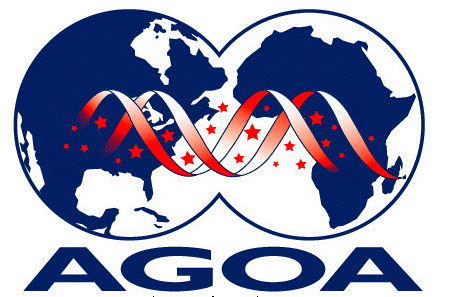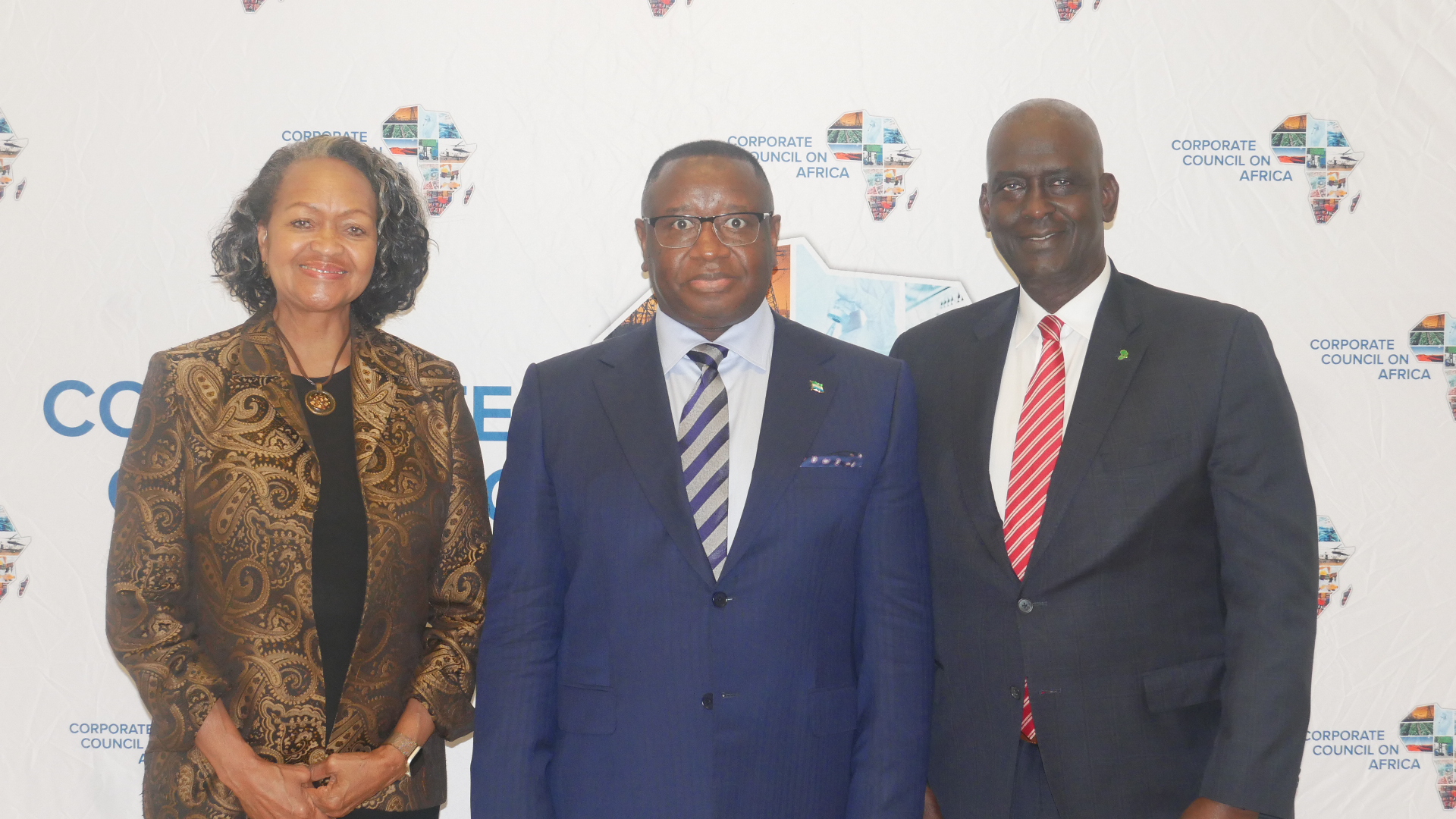President's Message - May/June 2021 ejournal
By Florizelle LiserAs we wrap up a busy May and June, the optimism of the first quarter has been tempered by concerns over the rise of COVID infections, particularly from variants. A number of countries in Africa have seen sharp spikes in infections, which has prompted them to re-impose lockdowns. These two trends are likely to continue until countries can vaccinate more of their people.On the positive side of the ledger, the emerging recovery of the global economy has begun to translate into growth in Africa, with IMF forecasts now calling for 3.4% economic growth in 2021. The recovery in the prices of oil and minerals, particularly those associated with renewable energy, has improved the outlook for several African exporters, while the slow re-establishment of international supply chains and the gradual emergence of developed economies from COVID-inspired lockdowns is also supporting broader economic recovery. Governments are taking steps to support the recovery and ‘build back better.’ In May, France hosted a summit that resulted in commitments from major international partners to support additional flexibility on debt repayment and innovative investment measures to support long-term growth in Africa’s digital economy, expanding sustainable energy and manufacturing, and improving health capacity. The G7 picked up on several of these themes at its summit in June, including endorsing the French summit’s call to allocate an additional $650 billion in Special Drawing Rights by the end of August. The G7 also expressed support for $100 billion in funding for the IMF’s Poverty Reduction and Growth Trust, which has a significant focus on Africa. The G7 also committed to ending the COVID pandemic through providing 2 billion COVID vaccine doses by the end of 2022. The French summit in May also resolved the most important barriers to Sudan’s return to international financial markets. These events have set the stage for important follow-on developments this fall (e.g., approval of the SDRs) that could significantly improve the long-term prospects for Africa’s sustained growth.On the other side of the ledger is growing concern about sharply rising COVID infections. At the start of May, African countries started experiencing what the African CDC has called a third wave of COVID infections, driven in part by the spread of more infectious variants. By the end of June, several African countries had reimposed lockdowns in an effort to stem the spread of infection, while countries continue to scramble to get access to vaccines. Although they have made significant improvements in getting and distributing the vaccines they have received, African countries remain far behind other parts of the world in terms of vaccine access. African countries average 3.8 vaccines injected per 100 people, compared to 73 in North America, and 44 and 43 in South American and Asia, respectively. As the African WHO has made clear, it’s not just a question of getting access to vaccines, but also expanding testing capacity, and tripling the sequencing of vaccine samples to better track the spread and development of new variants. Despite the significant challenges, there has been some good news as well. At the G7, the U.S. announced it would donate 500 million Pfizer vaccines over the next year, on top of 80 million that it has already started distributing, primarily through COVAX. The U.S. Development Finance Corporation, in cooperation with its French and German counterparts and the International Finance Corporation, also announced a €600 million investment in Aspen Pharmaceutical’s manufacturing facility in South Africa as the first step in boosting Africa’s capacity to manufacture more of the vaccines that the continent needs.



